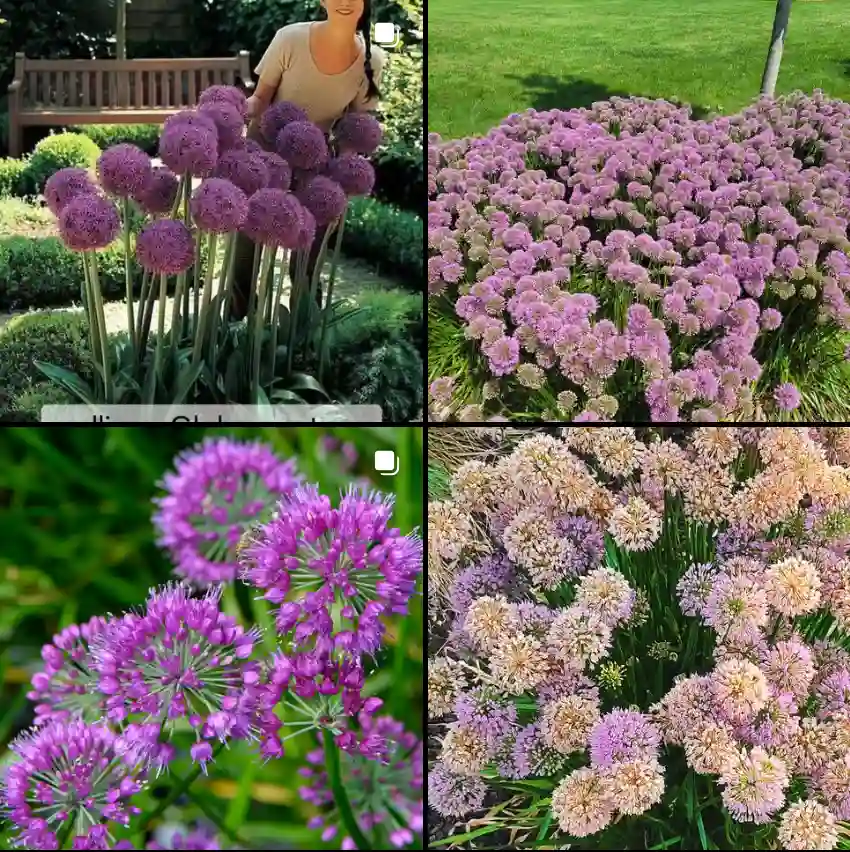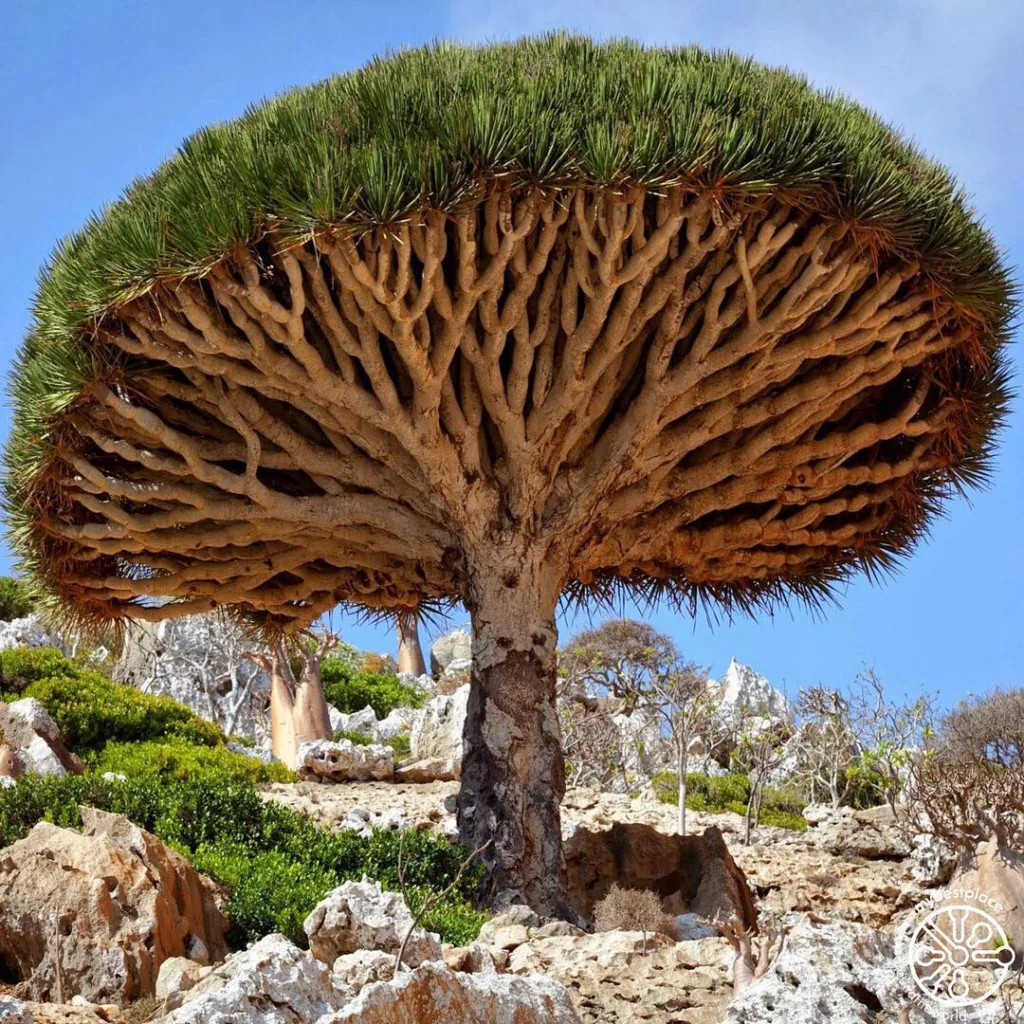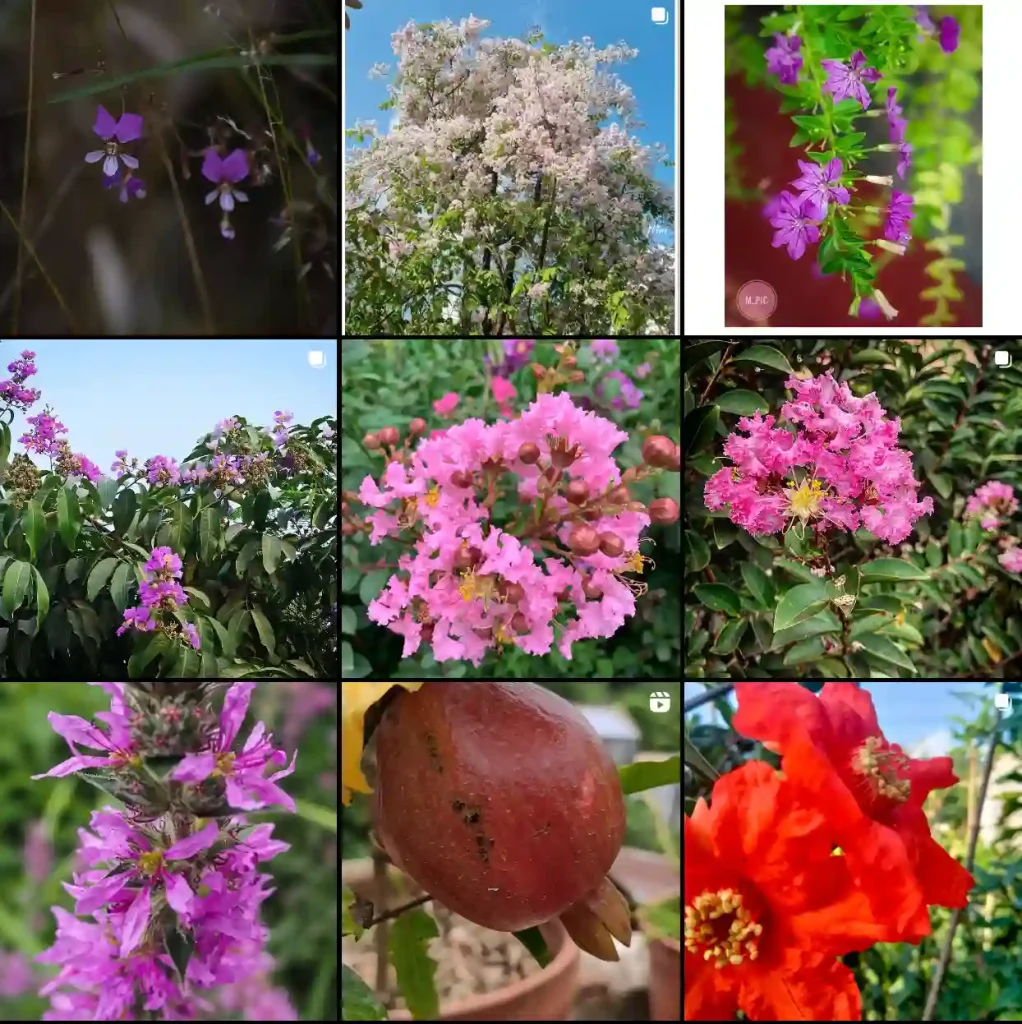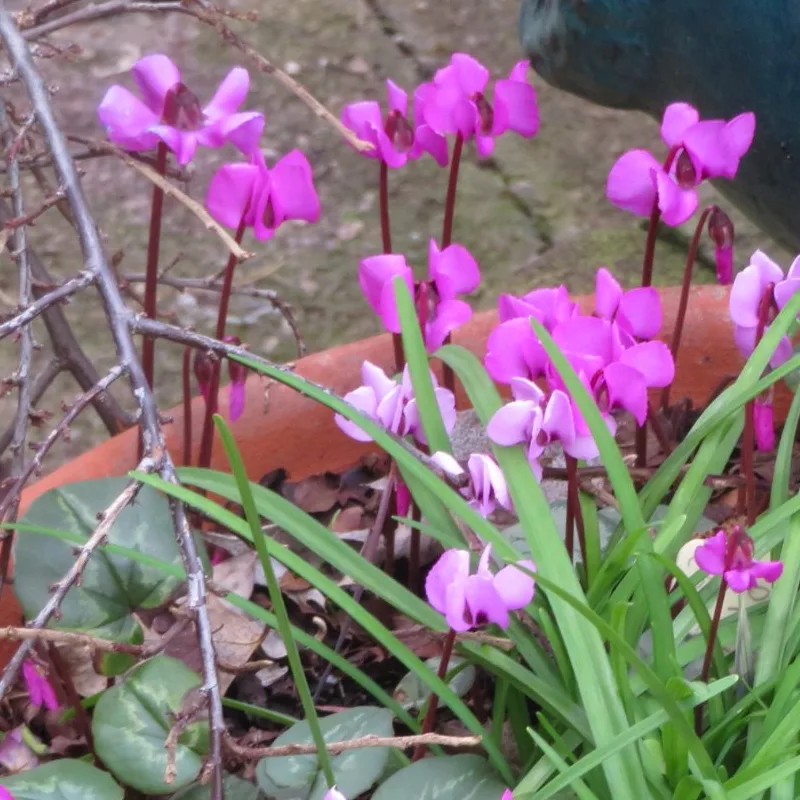What Is Forestiera Pubescens?
Forestiera Pubescens, commonly known as the Downy Oleander or the Downy Swampprivet, belong to the Oleaceae family, is a versatile and hardy shrub native to the southeastern United States. It is known for its adaptability to different soil types and environmental conditions, making it a popular choice for landscaping. This shrub typically grows between 10 to 15 feet in height and produces small, inconspicuous flowers that attract various pollinators.
Plant Family: 27 Genera in Oleaceae
How to Care for Forestiera Pubescens?
Caring for Forestiera Pubescens is relatively straightforward, as it is a low-maintenance plant. Here are some key care tips:
- Sunlight: Forestiera Pubescens thrives in full sun to partial shade. It can tolerate a variety of light conditions, but full sun will promote the best growth and flowering.
- Soil: This plant is not very picky about soil type. It prefers well-drained soil but can adapt to clay, loam, or sandy soils. Ensure the soil is not constantly waterlogged.
- Watering: Regular watering is important, especially during the first year as the plant establishes itself. Once established, it is quite drought-tolerant. Water the plant deeply but infrequently.
- Fertilizing: A balanced, all-purpose fertilizer can be applied in the spring to support growth. Avoid over-fertilizing, as this can lead to excessive foliage growth at the expense of flowers.
- Pruning: Prune the shrub in late winter or early spring before new growth begins. This helps maintain its shape and remove any dead or diseased branches.
How to Propagate Forestiera Pubescens?
Propagating Forestiera Pubescens is usually done through cuttings or seeds:
- Cuttings: Take semi-hardwood cuttings in late summer. Remove leaves from the lower half and dip the cut end in rooting hormone. Plant the cuttings in a well-draining potting mix and keep them in a warm, humid environment until roots develop.
- Seeds: Sow seeds in a seed tray filled with seed-starting mix. Keep the soil consistently moist and warm. Germination usually takes a few weeks. Once seedlings are large enough to handle, transplant them into individual pots or directly into the garden.
What to Plant With Forestiera Pubescens?
Forestiera Pubescens pairs well with a variety of other plants. Here are a few suggestions:
- Native Grasses: Pairing with native grasses like Little Bluestem or Indian Grass can create a naturalistic look and enhance the plant’s ability to thrive in different soil conditions.
- Perennials: Consider adding perennials such as Black-eyed Susans or Coneflowers for a splash of color that contrasts nicely with the shrub’s subtle flowers.
- Groundcovers: Low-growing groundcovers like Creeping Thyme or Liriope can complement the shrub and help control soil erosion.
Is Forestiera Pubescens Toxic?
Forestiera Pubescens is not known to be toxic to humans or pets. It is generally considered safe for landscaping in areas where children and animals are present. However, as with any plant, it’s a good idea to monitor for any adverse reactions, particularly if plant parts are ingested.
Benefits of Forestiera Pubescens
Forestiera Pubescens offers several benefits for gardeners:
- Drought Tolerance: Once established, it can tolerate dry conditions, making it a great choice for low-water gardens.
- Wildlife Friendly: Its flowers attract pollinators such as bees and butterflies, which can benefit the overall health of your garden.
- Low Maintenance: Its adaptability to various soil types and minimal care requirements make it an excellent option for busy gardeners.
Common Problems with Forestiera Pubescens
While Forestiera Pubescens is generally hardy, it can face a few issues:
- Pests: Watch for common pests like aphids or spider mites. Regular inspections and appropriate treatments can manage these issues.
- Disease: Root rot can occur in poorly drained soils. Ensure proper soil drainage to prevent this problem.
- Overgrowth: Without regular pruning, the shrub can become leggy or overgrown. Regular trimming helps maintain its shape and health.
How Does Forestiera Pubescens Compare with Similar Plants?
Forestiera Pubescens can be confused with other shrubs due to its appearance and growing conditions. Here’s how it compares with some similar plants:
- Ligustrum (Privet): Unlike Forestiera, Ligustrum often has glossy leaves and a more formal appearance. Ligustrum can also be more invasive in some regions.
- Ilex (Holly): Holly plants have spiny leaves and produce bright berries, unlike the smooth, non-spiny leaves of Forestiera Pubescens. Hollies are often more shrub-like and formal.
- Caryopteris (Bluebeard): Caryopteris offers vibrant blue flowers and has a different growth habit compared to the understated flowers of Forestiera Pubescens.
In conclusion, Forestiera Pubescens is a resilient and versatile shrub that can enhance various garden settings with minimal care. Its adaptability and benefits make it a worthwhile addition to any landscape.
If i die, water my plants!



